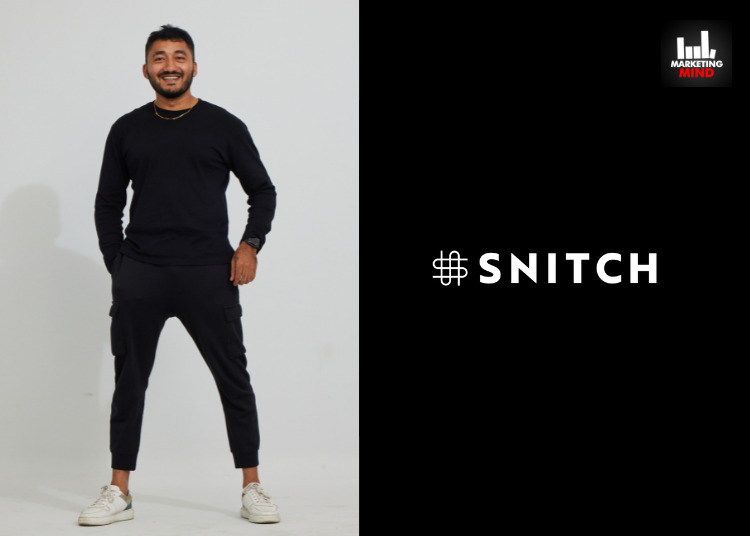Over the last decade, the Indian fashion industry has come a long way. Trends evolve and perish overnight, and consumers are keen to stay ahead of the curve. In such a scenario, fashion brands cannot anymore afford to merely offer a clothing commodity but need to build an engaged community of consumers. This is particularly true when it comes to Gen Z consumers who value experiences over material propositions. Therefore, fashion brands are increasingly relying on gamification in their user journey to engage this generation of consumers.
Gamification in fashion marketing is about building game-like elements—such as points, challenges, leaderboards, and rewards—into a consumer journey to make the shopping experience resemble a real-life community. By doing so, the consumer journey becomes more interactive, fun, and rewarding. Gamification not only enhances customer engagement but also strengthens brand loyalty and drives sales.
Why does Gen Z love gamification?
Gen Z is arguably the most digital savvy generation on the Earth as of now. To connect and engage with them, marketers cannot rely on traditional methods but must build immersive experiences. Gamification bridges this gap for fashion marketers and engages consumers in the following ways:
- Interactive contests and personalised recommendations
Many fashion brands organise social media or in-app contests that generate user-driven content and guide consumers toward products that match their preferences. This process also increases the possibility of organic peer referrals and broad basing the existing community.
- Reward-based loyalty programs
Fashion brands are designing gamified reward systems to encourage repeat purchases. Offering points for purchases, sustainability initiatives (such as recycling old clothes), and participation in brand activities are a few examples of such programs. Customers can redeem these points for discounts and exclusive perks, fostering long-term engagement.
- In-app interactive experiences
Some brands have gone a step further by incorporating interactive experiences such as OTT and music streaming as well as mini games. For instance, Amazon offers Mini TV within its shopping app, and Prime Videos as well as Amazon Music as a value-add service to its Prime customers. Many consumers who log onto Amazon’s shopping app to watch their favourite shows also flip over to see banners for ongoing sales and eventually buy the relevant items. Such cross-leveraging builds customer stickiness and seamlessly blends entertainment with shopping incentives.
How does gamification fit into fashion marketing?
Gamification nudges passive consumers to actively participate into brand experiences, getting better share-of-mind. It also fosters brand loyalty by rewarding user participation and encouraging repeat interactions. Moreover, Gamified experiences generate valuable customer data, enabling fashion brands to personalise offerings based on user preferences and behaviours. This interactive and personalised approach often results in higher sales conversions, as customers feel more connected and confident in their purchases.
And the future beholds more
As technology evolves, fashion brands will continue to build gamified experiences through artificial intelligence, virtual reality, and blockchain-based rewards. The coming-together of entertainment and shopping will redefine customer engagement, making the fashion industry more dynamic and interactive than ever.
For fashion brands looking to win over Gen Z, gamification is no longer just an option—it’s a necessity. By integrating game-like elements into their marketing strategies, fashion brands can create memorable experiences that resonate with digital-native consumers, driving both engagement and revenue in the long run.
















